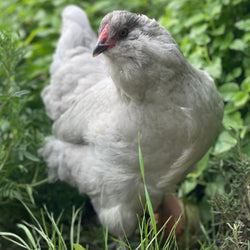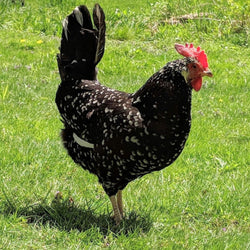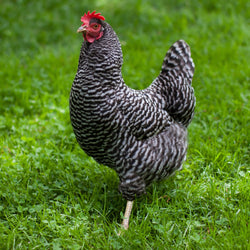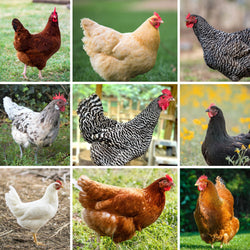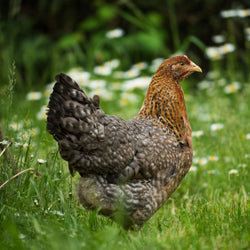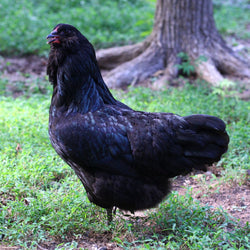f=menu&page=9/--
Frequently Asked Questions
Here we answer the most commonly-asked questions about ordering, chicken care, and more.
All about Heart Attack in chickens
Heart attack in chickens is quick and deadly, and occurs most often in birds in commercial meat breed operations. Fortunately, heart attack is not often found in backyard flocks because pet birds stay generally healthy through regular exercise (foraging), and are fed a quality diet. But if you find one of your birds upside-down or on their side, deceased, with no prior symptoms, the likely cause of death was heart attack. Read on to find out more: Heart attack Also called Sudden Death Syndrome, SDS, acute death syndrome, flip-over disease, acute heart failure Prevalence Uncommon in layers, relatively common in...
Read MoreEgg Yolk Peritonitis Overview
Egg Yolk Peritonitis Also called Yolk peritonitis, yolk stroke, abdominal sepsis, abdominal septicemia Prevalence- Common, more common in broiler breeders Signs General signs - The same signs associated with pain: lack of appetite, lethargy, huddling with fluffed up feathers. Occasional partial paralysis. Sudden death. Nesting behavior with no eggs produced. Cardinal or diagnostic signs - Distended abdomen, frequent multiple yolked eggs. (The occasional double yolker should seldom cause worry, especially in young hens.) Cessation in laying. Yellow-orange (yolk colored) droppings. Cause/s - This condition occurs when the hen matures too many egg folicles (yolks) at once, and is sometimes the...
Read MoreHow do I help a chicken with vent prolapse?
Also called "blowout", vent prolapse is a condition in which the vent becomes inverted and a portion of it protrudes outside the bird's body. Thankfully, in most cases, it is treatable if detected early and the bird can recover completely. Vent prolapse is common in some breeds and crosses, especially those prone to fatness (such as meat breeds). Vent prolapse itself is not contagious, but the underlying issues causing the prolapse (obesity, photostimulation, etc.) can be. In addition, birds prone to cannibalization of a flock member's prolapsed vent may develop other types of cannibalization, like feather picking. Vent prolapse is...
Read MoreAll about Egg Binding
Egg binding is exactly what it sounds like: a poor hen has a egg "bound" inside of her and won't come out. That must make her feel miserable! So she'll sit down and fluff out her feathers, hesitant to move (who can blame her?). Egg binding is very common and though potentially fatal, thankfully, in many cases, it can be treated. Read on to find out more: Egg binding Also called Eggbound hen, stuck egg, bound egg, obstructed vent Prevalence Common in some breeds and crosses, especially those prone to fatness (such as meat breeds) Signs General signs - Lack...
Read MoreAll about Myiasis disease
Myiasis Also called Flystrike, fly blown Prevalence Infrequent. It is more common in other animals such as sheep or horses. Signs General signs - Fatigue, weakness, ruffled feathers, depression, unpleasant odor, loss of appetite, wound area picked at by other birds,death Cardinal or diagnostic signs - Maggots found on the skin or in a wound Cause(s) Flies normally lay eggs in rotting or fecal matter. Some types of flies can infest wounds or skin lesions on chickens (and other animals), or can be drawn to lay eggs in fecal matter embedded in the bird's feathers, such as near the vent....
Read MoreAll about VVD disease
VVD disease produces twisted leg bones due to nutritional deficiencies or overly-fast weight gain in "broiler" breeds. Thankfully this is rare in backyard flocks that are fed a balanced, nutritionally complete diet, but it is more common in commercial broiler flocks. Read on to find out more: VVD Also called Varus/Valgus Deformity, Twisted leg, Crooked leg Prevalence Rare in home flocks; common in commercial "broilers" Signs General signs - Leg bone is bent or twisted (not broken). Cardinal or diagnostic signs - Be sure to differentiate this from a leg that is twisted at the joint; in VVD, the bone...
Read MoreAll about Botulism in poultry
Chickens seem to be able to ingest just about anything, don't they? But if they contract the Clostridium botulinum bacteria while foraging or by eating contaminated feed, they can get botulism, which is also known as food poisoning. Butulism is more or less dangerous, depending on how much of the contaminated food they ingested. Thankfully, this issue is rare, and there are steps you can take to protect your flock. Read on to find out more: Botulism Also called Food poisoning Prevalence Infrequent Signs General signs - Fatigue, weakness, ruffled feathers, diarrhea, sudden death Cardinal or diagnostic signs - Neurological...
Read MoreAll about Aspergillosis disease
Keeping your brooder and coop area clean and dry is essential if you want to protect your precious baby chicks and older birds from aspergillosis. Also known as "brooder pneumonia," baby chicks are especially vulnerable to the symptoms produced by the spores of the Aspergillus fungi that may grow in your brooder if it fluctuates between wet and dry conditions. Keep reading to find out more: Aspergillosis Also called Pneumonia, coop or brooder pneumonia, mycotic pneumonia, pneumomycosis Prevalence Infrequent Signs General signs - Respiratory symptoms, including discharge from nares (nostrils) and/or eyes, loss of appetite, coughing, panting, gasping for air,...
Read More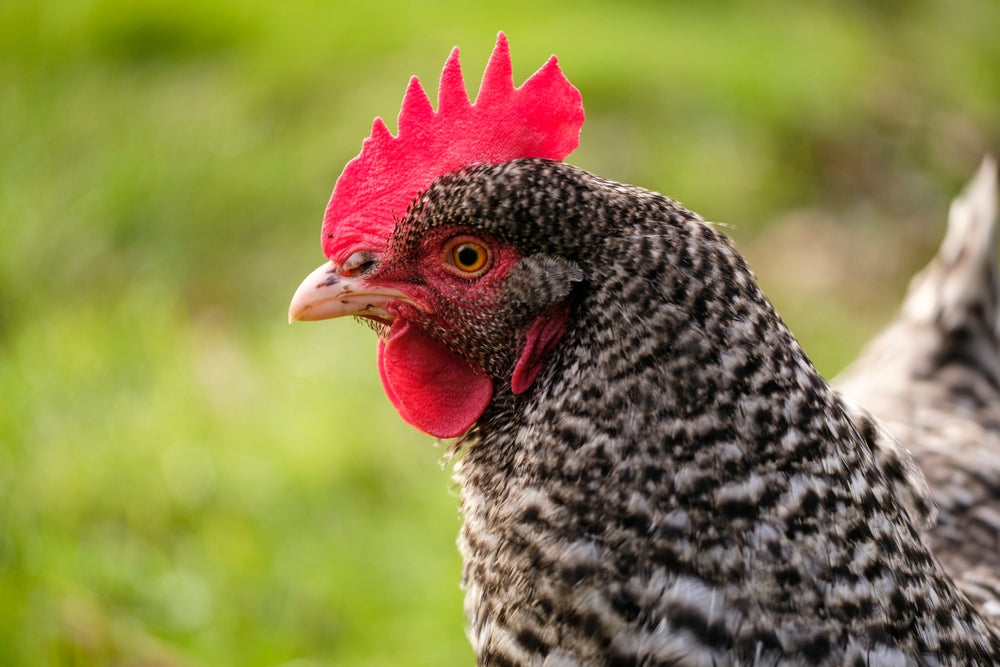
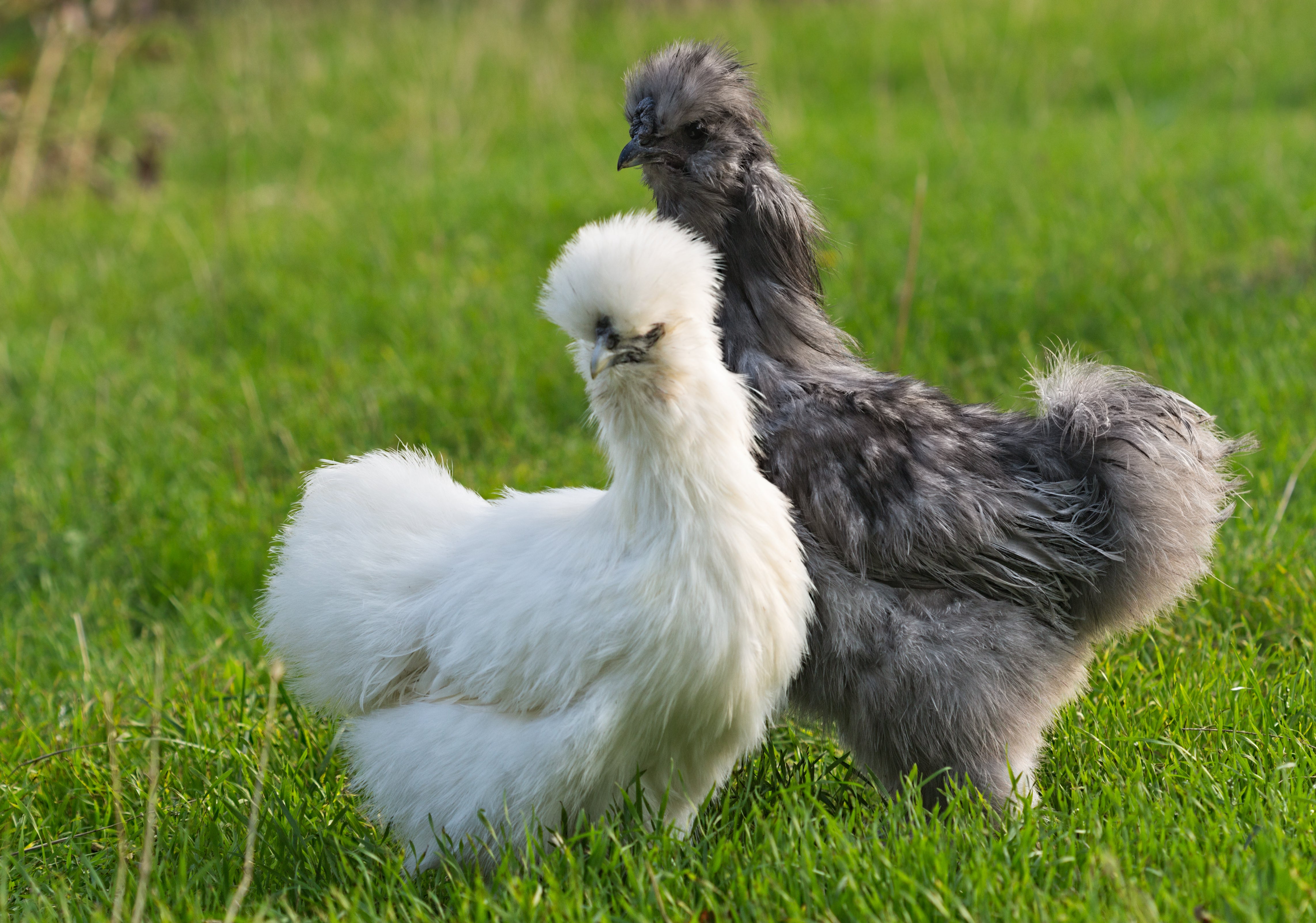
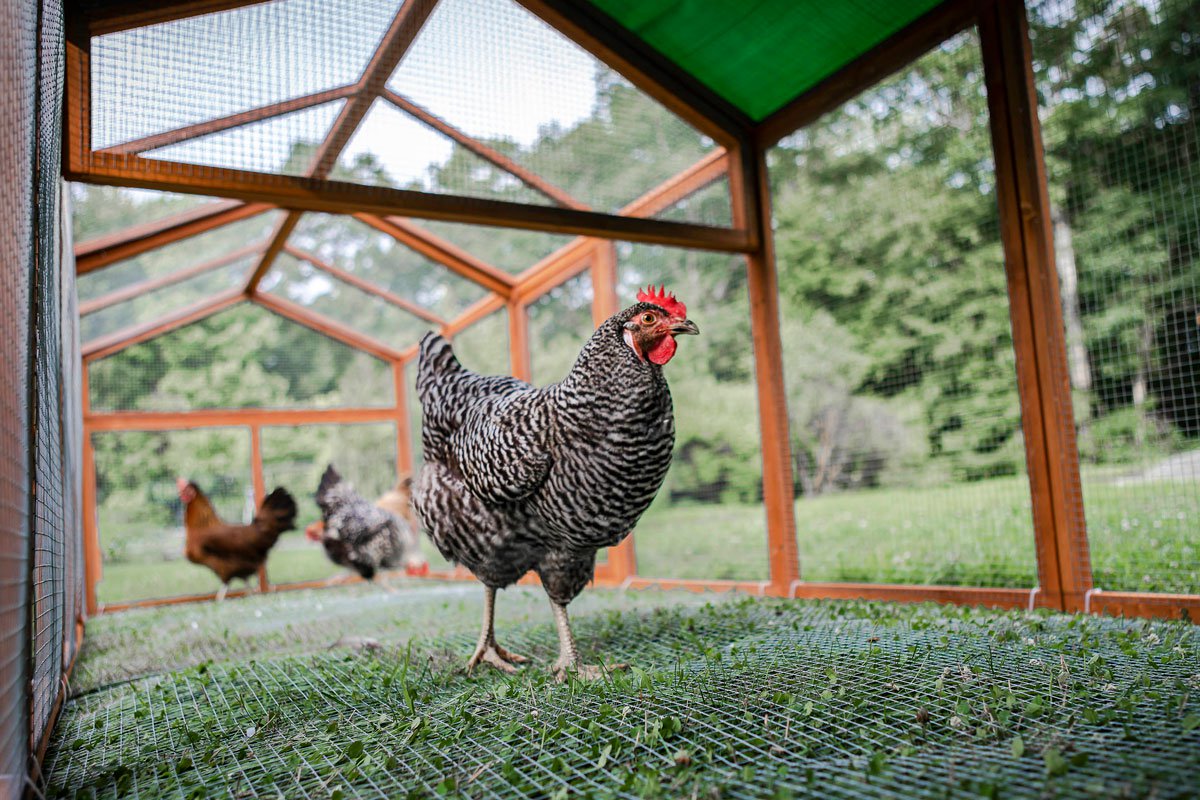
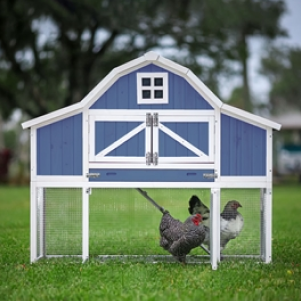
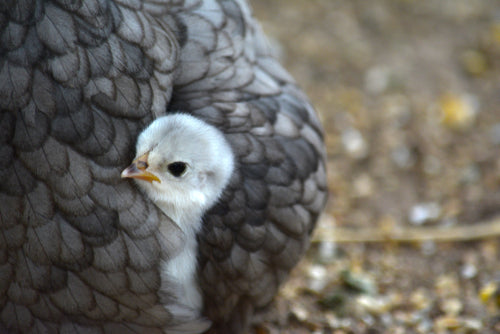
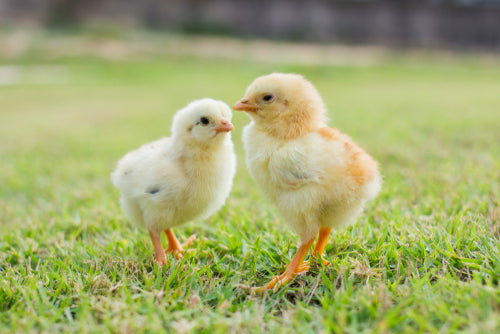
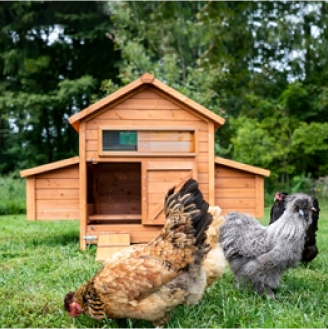

"The Clubhouse" Coop
Easy to assemble and built to last, the Clubhouse Coop is the perfect starter coop for a small flock.

